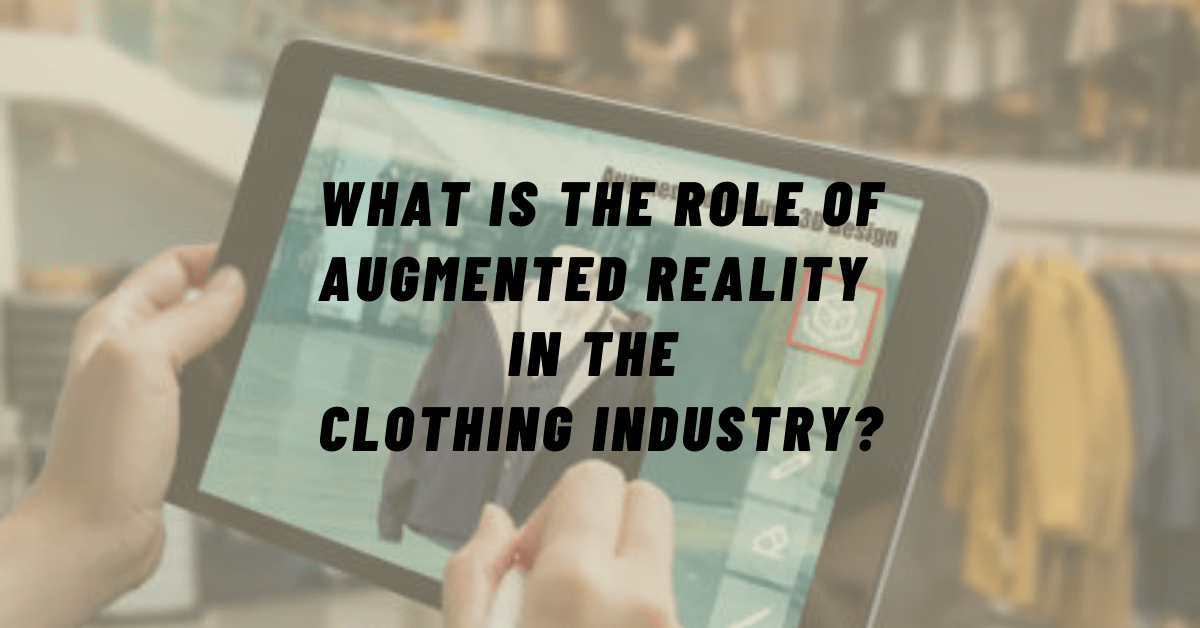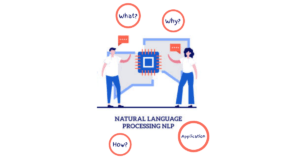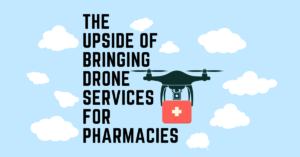The world is constantly developing and adapting toward newer and more innovative methods of doing tasks. Technology is paving the way by constant development and opening the doors for innovative and exciting things to come our way. Although technology has already taken over several industries, the clothing business was the most skeptical. As it is a labor-intensive and manual-work-oriented business always seems to resist such improvements. In this article, we will focus on how Augmented Reality (AR) can improve the clothing industry.
Augmented Reality and the clothing industry
In the apparel industry, technological innovations such as augmented reality are evolving online purchasing experiences. Augmented Reality (AR) enables customers to explore things in real life, integrating in-store try-before-you-buy behavior with the digital extension and, as a result, driving online sales to increase online retail income while simultaneously delivering customer-first experiences.
Moreover, in recent times, especially as a result of the COVID-19 pandemic, augmented reality provided clients with a once-in-a-lifetime experience. Customers can view how various clothes will look on them while trying since the shops are closed, as they purchased online.
At this point, it appears that augmented reality-powered shopping is the only way to go. Many businesses are switching to AR as it increases engagement and interaction between brand and customer. According to a study, the majority of clients would like to use augmented reality-powered shopping before making a final purchase decision rather than simply buying it.
How to Use AR in the Clothing Industry?
Virtual try on using AR
Virtual-try-on has gained popularity in several areas of the fashion business in the last few years as a result of technological advancements in the industry. Virtual-try-on software simulates the action of textiles on the human body digitally. They enable the virtual application of fabric objects to digital human body models in this way.
This application is specifically created to predict how the textile item will react on the digital body model exactly and accurately. Fashion brands are seeking new ways to demo products in real-time due to limited access to in-store interactions. Retailers can use augmented reality to provide virtual try-on experiences to customers and entice them into the store. Customers will be able to obtain a better notion of the product’s appearance, size, and feel as a result of this.
Virtual fitting rooms
Product fitting is one of the most significant difficulties that most brands face. Trying on clothes in augmented reality appears to be a success. As a result, retailers have begun to employ virtual fitting room (VRF) technology to reduce consumer unhappiness and improve business processes. Customers can try on clothing, shoes, and other items on a 3D avatar without having to wear them. As a result, augmented reality for clothes delivers a tailored and engaging experience for both customers and brands.
GAP was one of the first and most well-known apparel companies to explore augmented reality clothes. Users can try on a dress in a virtual mirror with GAP’s Dressing Room App. The app allows users to create a digital avatar by entering their height, weight, and body form. This type of interface makes use of the device’s camera to scan the user’s body and render digital clothing on them. Customers can move their custom avatar around to see how they look in their new clothing from all angles.
Many top retail brands like Topshop, Ralph and Lauren, HandM, Zara, Burberry, and others are using augmented reality for clothing to improve customer engagement, reduce the discomfort of traditional trial rooms, deliver a personalized shopping experience, and ultimately increase profit and sales.
Virtual tailors with AR
With the precision of AR in the clothing business, one may receive properly-suited clothes. A virtual tailor uses a variety of machine learning technologies to provide customers with highly accurate and precise body measurements. Fit Freedom is one of the most well-known clothes companies that use this method. Fit Freedom is a unique type of body measurement tool that streamlines the online garment purchase process.
The program takes the user’s measurements, transforms them across multiple product lines, and then makes custom-fitting clothing. As a result of this application, it is feasible to quickly and easily obtain body measurements by developing a 3D fit model that advises the shopper’s size across the platform’s various merchants.
Virtual makeover
Virtual makeover solutions enable virtual styling of people in the face region by modifying or adding characteristics such as make-up, hairstyles, and accessories. By adding digitally to a digitized 3D human face, haircuts, or glasses, the attractiveness of the human face can be adjusted electronically, and one can get a notion of correct apparel.
Is AR in clothing industry the next big thing?
Augmented reality is the next big thing. The fact that the apparel industry has also introduced it into its functions shows how great it is. It is providing experiences that customers and brands will not be able to forget ever. With immersive technology, augmented reality is a powerful marketing tool.
Clothing companies are discovering the value of augmented reality in showcasing and marketing their products. As a result, one thing is certain for an e-Commerce site: augmented reality may help improve customers’ purchasing experiences and brand affinity. And that is what is most important.
The article is shared by Hafsa Iftikhar




